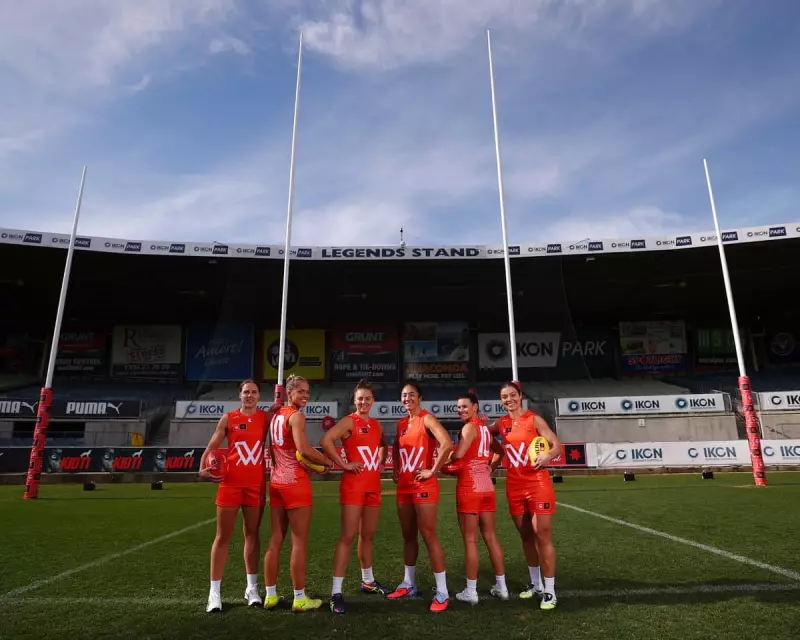
The AFL Women's (AFLW) competition is celebrating a monumental milestone as it kicks off its 10th season. What began as a bold experiment has blossomed into a thriving league, reshaping the landscape of Australian rules football and inspiring a new generation of female athletes.
From Humble Beginnings to National Phenomenon
When the AFLW launched in 2017, few could have predicted its rapid growth. The inaugural season featured just eight teams, but today the competition boasts 18 clubs – mirroring the men's AFL structure. This expansion reflects both the league's popularity and the AFL's commitment to gender equality in sport.
Breaking Barriers and Records
The past decade has seen numerous breakthroughs:
- Record-breaking attendance figures at marquee matches
- Increased media coverage and broadcasting deals
- Growing participation rates at grassroots levels
- Professional contracts becoming the norm rather than the exception
Challenges and Opportunities
AFL CEO Andrew Dillon acknowledges there's still work to be done: "While we're proud of how far we've come, we recognise the need for continued investment in facilities, coaching, and player development to ensure the competition reaches its full potential."
The league faces ongoing challenges including:
- Balancing expansion with maintaining competitive standards
- Securing prime-time broadcasting slots
- Developing sustainable financial models
- Managing player welfare across extended seasons
The Future of AFLW
As the league enters its second decade, focus shifts to consolidation and quality. Key priorities include:
- Enhancing player pathways from junior to elite levels
- Improving stadium facilities and training resources
- Building stronger connections with traditional AFL fanbases
- Exploring international growth opportunities
The AFLW's first ten years have proven that women's football isn't just a novelty – it's an integral part of Australia's sporting culture with unlimited potential for growth.





